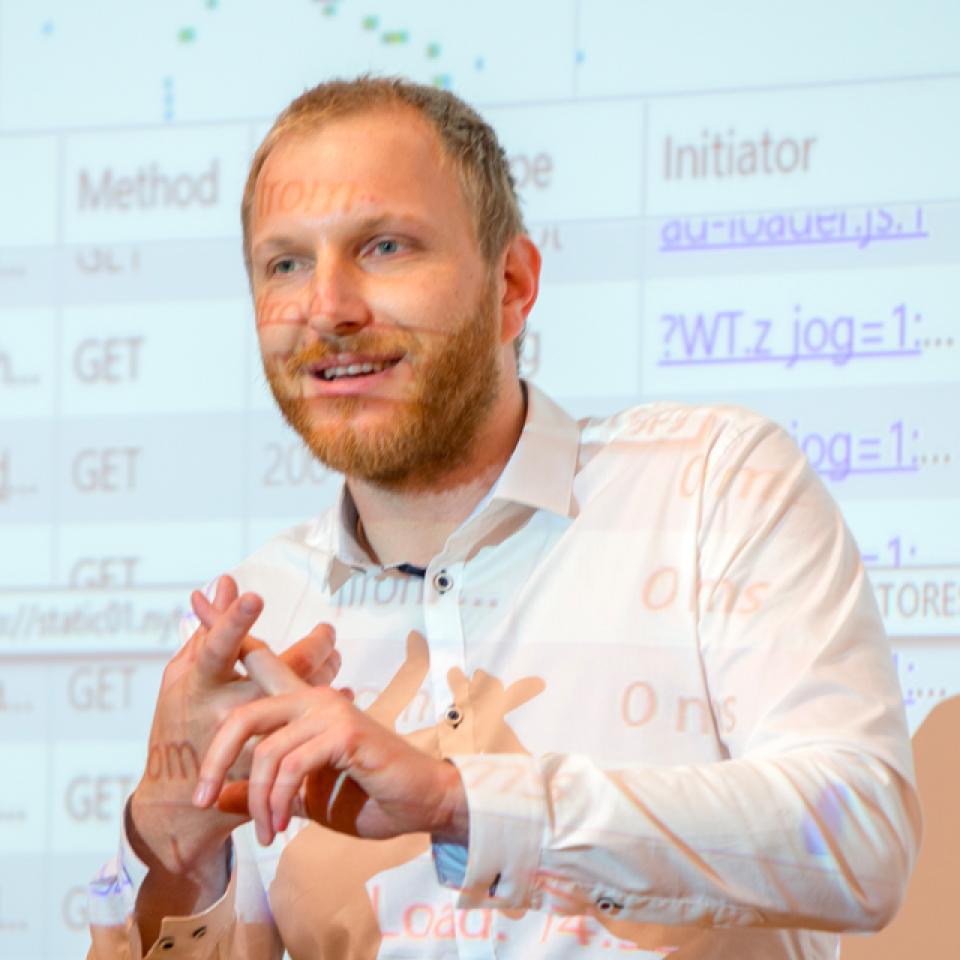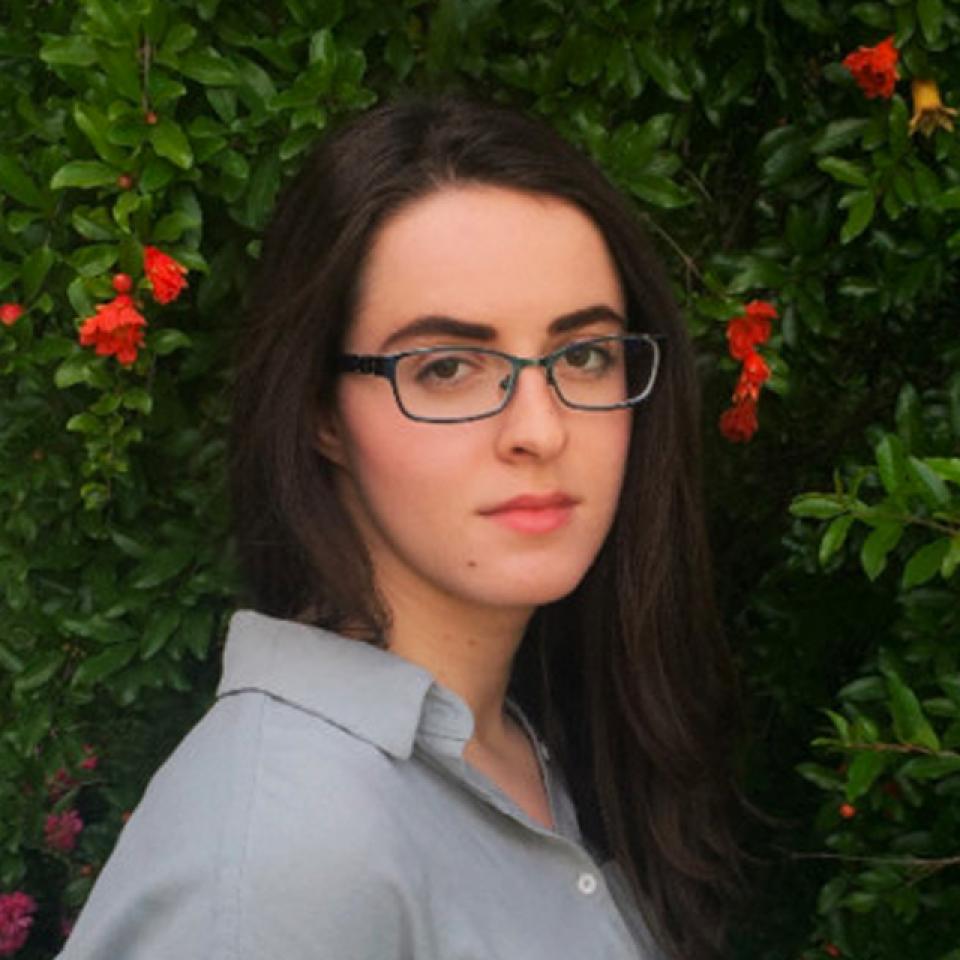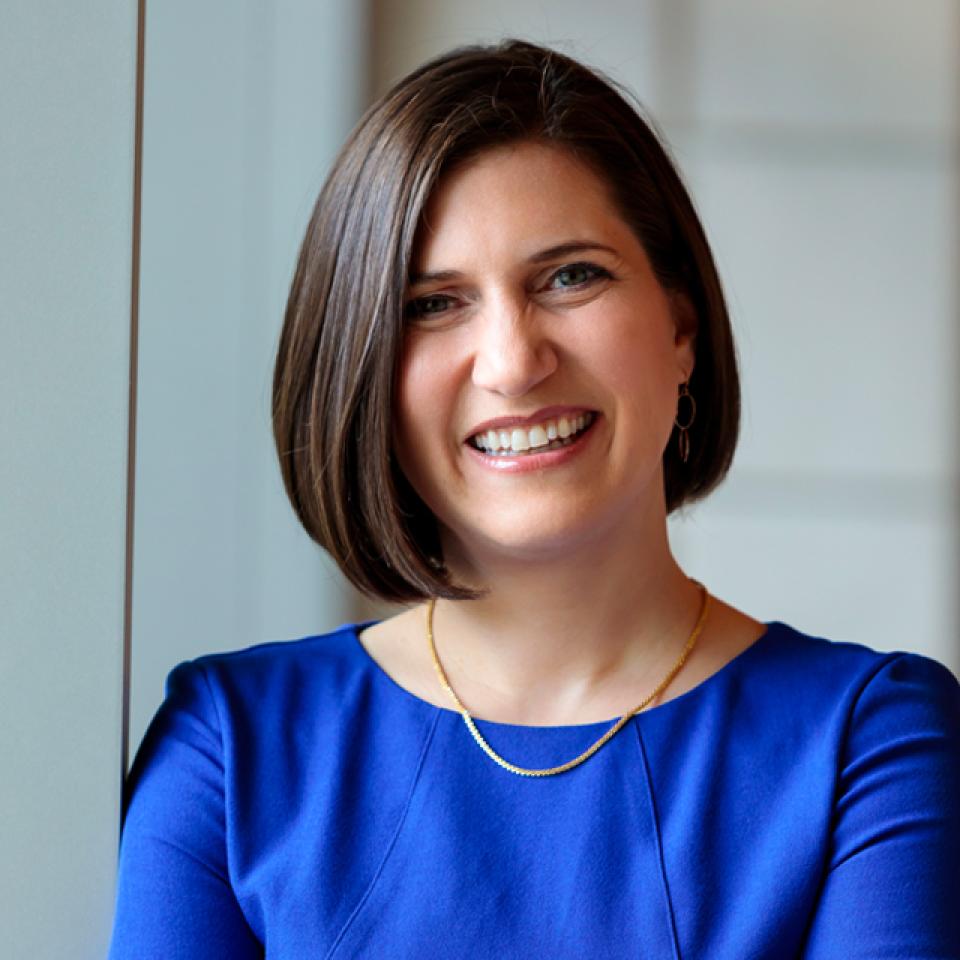Who We Are
The Center conducts research and outreach around the transformations that modern information and computing technologies cause at the individual (worker, consumer, patient, employee, artist), unit (business, department, clinic, hospital), market, and societal levels.
The Center’s footprint covers understanding and anticipating these transformations; impact assessment and attribution; business strategy for transformative technologies; design and execution to optimize their effects; and competitive policy and market outcomes.
Our Director

Hemant Bhargava
Distinguished Professor, Jerome and Elsie Suran Chair in Technology Management
Ph.D., The Wharton School of the University of Pennsylvania
Research Fellows

Ashwin Aravindakshan Nair
Associate Professor and MSBA Academic Director
Ph.D., University of Maryland

Jörn Boehnke
Assistant Professor
Ph.D., University of Chicago

Rachel Chen
Professor of Management
Ph.D., Cornell University

Pantelis Loupos
Assistant Professor
Ph.D., Kellogg School of Management, Northwestern University

Prasad Naik
Professor
Ph.D., University of Florida

Olivier Rubel
Professor
Ph.D., HEC Montréal and GERAD, Université de Montréal
Research Associates

Ishita Ghai
Research Associate

Julia Morris
Research Associate

Livia Morris
Research Associate

Sanjana Ravi
Research Associate

Meghna Advani
Research Associate

Anirudh Arora
Research Associate
Sacramento Part-Time MBA student
Research

Leonard Jin
Research Associate, Computational Analysis
CATS Team

Kayla Ho

Ayan Mani

Ken Hoang

Neha Gondra

Shyla Chopra

Shruti Kakar

Allison Judy
CATS Team Alumni
- Prerna Bajaj
- Sanjana Sivakumar
- Vaibhav Gupta
- Rachel Moy
- Jacqueline Patton
- Kara Taylor

